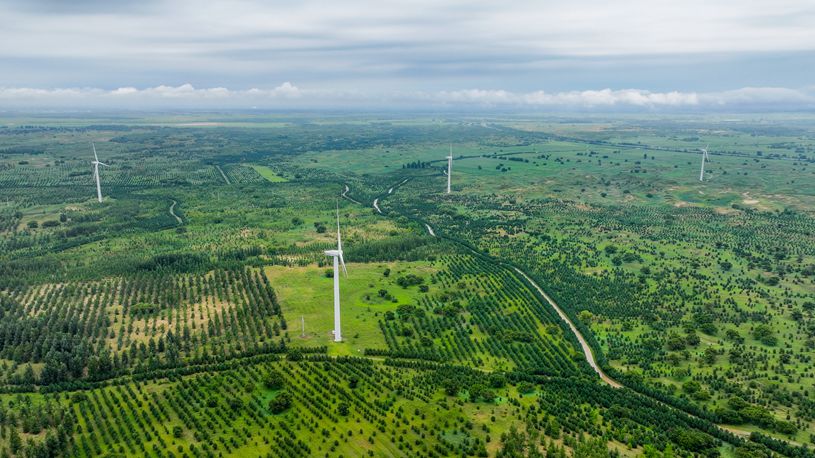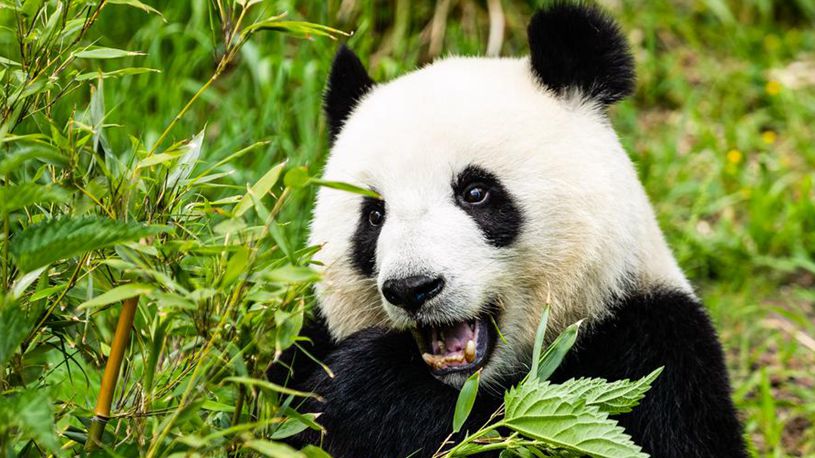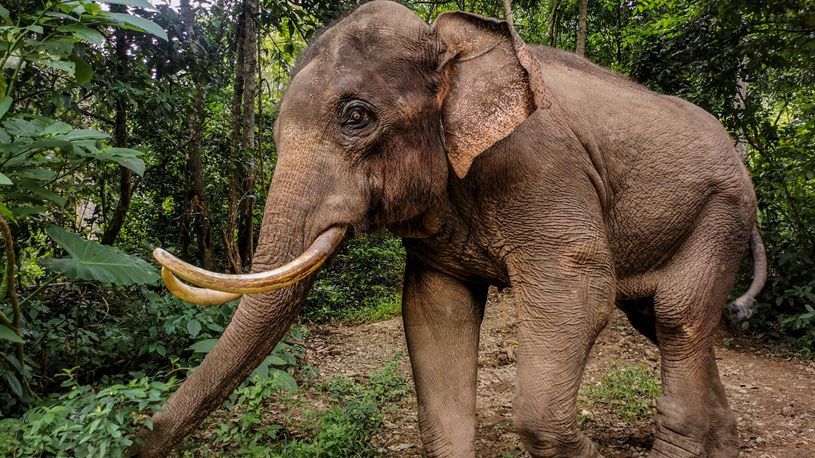Embracing biodiversity: China's efforts to harmonize humans and nature bear fruit
Source: Xinhua
Editor: huaxia
2024-08-16 08:17:15
BEIJING, Aug. 16 (Xinhua) -- Easily recognizable by its distinctive appearance -- a chubby body adorned with black and white fur, a round face and black eye circles -- the giant panda, a cherished treasure of China, has captivated the world's attention as a beloved celebrity.
Once a significant concern, the conservation status of this endemic species prompted China to initiate the establishment of giant panda nature reserves in 1963 and launch comprehensive conservation efforts, including ex-situ protection and habitat preservation projects.
After more than half a century of dedicated efforts, the International Union for Conservation of Nature in 2016 downgraded the giant panda's threatened status to "vulnerable" from "endangered." However, China has stated that this change will not diminish its commitment to the protection of the species.
Data from China's National Forestry and Grassland Administration shows that the wild population of this flagship species has increased from approximately 1,100 individuals in the 1980s to nearly 1,900 today.
A flagship species refers to rare and endangered species of great scientific significance for global biodiversity conservation, possessing wide social appeal. Their special allure can galvanize public attention towards ecological preservation and help create a protective "umbrella" for their habitats and other species that share the same environment.
According to Jin Xuelin, a senior engineer at the Shaanxi Institute of Zoology, the community of species living alongside the giant pandas in the Qinling Mountains in northwest China's Shaanxi Province, has been flourishing in recent years.
Jin noted that areas around the Qinling Mountains are home to over 580 species of terrestrial vertebrate wildlife. Precious species such as the crested ibis and the golden snub-nosed monkey have seen a steady increase in their population annually.
Aug. 15 is China's second National Ecology Day, with this year's theme being "accelerating the comprehensive green transformation of economic and social development."
China has been committed to the conservation of biodiversity, a key component in the building of a "Beautiful China." First proposed at the 18th National Congress of the Communist Party of China (CPC) in 2012, the term was established as a grand goal for ecological civilization construction.
A resolution adopted at the third plenary session of the 20th CPC Central Committee in July stated that Chinese modernization is the modernization of harmony between humanity and nature.
China is among the first countries to sign and ratify the Convention on Biological Diversity.
In 2021, during the 15th meeting of the Conference of the Parties to the Convention on Biological Diversity (COP15), China announced the official establishment of the first batch of five national parks, which include the Sanjiangyuan National Park and the Giant Panda National Park, to strengthen biodiversity protection.
Covering 230,000 square km, equivalent to the land area of Britain, the first batch of national parks ensures protection for nearly 30 percent of the wild animals and plants on land under the national key protection.
Padma Shera, 42, is a herder in Qumalai County, Yushu Tibetan Autonomous Prefecture, which is within the Sanjiangyuan National Park. Having been working as a wildlife ranger since 2017, he has witnessed the significant improvement of the local ecosystem over the years.
"In the past, rare wild animals like snow leopards and wild yaks would flee at the sight of humans, but now our relationship has grown closer, leading to more frequent encounters with these once elusive creatures," Padma Shera said.
According to official data, the population of the Tibetan antelope in Hoh Xil, known as the species' "delivery room," has rebounded to over 70,000, and the preliminary monitoring figures show that the number of snow leopards has exceeded 1,000 in the Sanjiangyuan area.
"Sanjiangyuan has achieved a transition from solely protecting the ecology to comprehensively coordinating ecological protection with economic and social development," said Sun Lijun, deputy director of the Sanjiangyuan National Park administration.
Official data shows that 90 percent of China's terrestrial ecosystem types and 74 percent of the populations of key protected wild animal and plant species are now effectively safeguarded.
It's currently the breeding season for captive giant pandas, and staff at the Qinling Giant Panda Research Center are fully prepared.
"Meeting new life is the most exciting thing, and we look forward to that moment," said Zhang Danhui, deputy director of the Giant Panda management department of the research center. ■











Comments